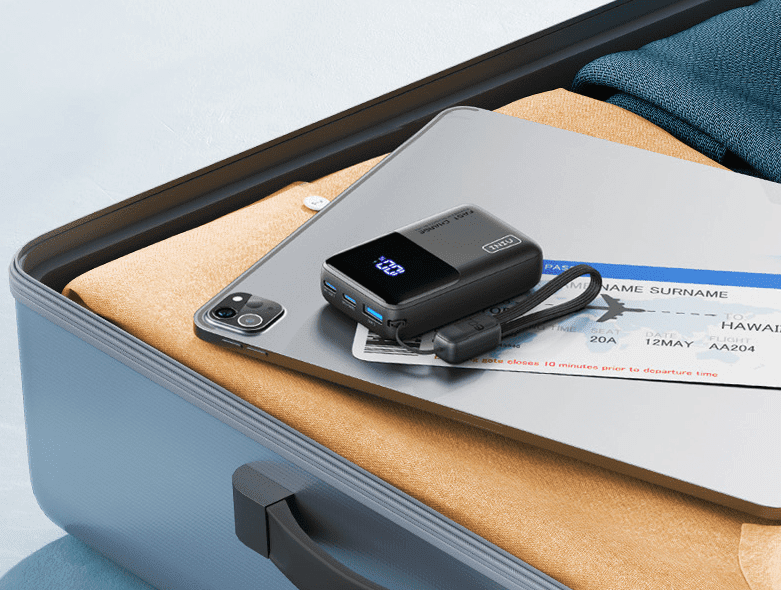During a recent live discussion at the TechFutures conference in New York City, Zocdoc CEO Oliver Kharraz shared insights on the evolving landscape of healthcare technology, emphasizing the transition from traditional search engines to AI-driven solutions.
The Role of Zocdoc in Healthcare
Zocdoc has become a staple in the healthcare ecosystem, serving as a platform that connects patients with healthcare providers. The app allows users to find and book appointments with doctors, streamlining a process that has historically been cumbersome and frustrating. Kharraz noted that Zocdoc is more than just a booking tool; it is a comprehensive platform designed to improve patient access to care.
“Zocdoc is really a platform that connects patients and doctors wherever they are,” Kharraz explained. “We are making sure that wherever you are as a patient, you can get access to care.” The company has established partnerships with various health insurance providers, such as Blue Shield of California, to enhance its service offerings. This integration allows patients to access care directly through their insurance provider’s website, thereby simplifying the process.
Expanding Services Beyond Traditional App Models
Founded during the early days of the smartphone app boom, Zocdoc initially positioned itself as a marketplace akin to Uber or Airbnb. However, Kharraz emphasized that the company has evolved beyond this model. “We’re definitely an app model, and we have figured out how to do access to care better than anyone else in the US,” he stated. The average time it takes for a patient to secure an appointment via traditional methods is approximately 30 days, whereas Zocdoc enables most appointments to be booked within 24 to 72 hours.
This efficiency is a significant advantage, especially in a healthcare system often criticized for its inefficiencies. Kharraz noted that Zocdoc is not just about booking appointments; it aims to meet patients where they are, providing various services, including telehealth, urgent care, and access to specialists across 250 different fields.
The Shift from “Dr. Google” to “Dr. AI”
As technology continues to evolve, Kharraz discussed the implications of AI in healthcare, particularly the shift from “Dr. Google” to “Dr. AI.” He pointed out that patients are increasingly turning to AI chatbots for medical advice, a trend that raises both opportunities and concerns. “Dr. Google is going to be replaced by Dr. AI,” he remarked, highlighting the potential for AI to offer guidance and support in healthcare.
However, Kharraz expressed caution regarding the reliability of AI in providing medical advice. He acknowledged that while Zocdoc plans to use AI for routine tasks—such as appointment scheduling through its assistant, Zo—he has drawn a clear line when it comes to offering medical advice. “There’s a lot of potential for self-medication,” he warned, emphasizing the importance of human judgment in healthcare decisions.
AI as a Tool, Not a Replacement
Zocdoc’s AI assistant, Zo, is designed to streamline customer service and scheduling, but Kharraz stressed that it should not replace human interaction in complex medical situations. “We need to be honest with ourselves— not everything that is possible is actually useful,” he stated. The AI can assist with straightforward tasks, but for more complicated inquiries, patients should be connected with qualified human professionals.
This perspective reflects a broader industry concern about the potential for AI to oversimplify complex healthcare interactions. Kharraz emphasized the need for transparency when patients engage with AI, ensuring they understand when they are interacting with a machine versus a human. “It would be misleading to blur the line,” he said, advocating for a clear distinction between AI and human healthcare providers.
Telehealth: A Nuanced Perspective
While Zocdoc offers telehealth services, Kharraz noted that patient preferences have shown a strong inclination toward in-person visits, particularly for physical examinations. “Patients just don’t really want it,” he admitted. For most specialties, 95% of appointments are conducted in person, with telehealth being more prevalent in mental health services.
This preference for in-person consultations raises questions about the future of telehealth in the Zocdoc model. Kharraz acknowledged that while telehealth is a valuable option, it is not the primary mode of care for most patients. “Telehealth is a little bit like telepizza,” he quipped, “it’s great, except you can only eat the pizza when you’re in the same room with it.”
The Future of Telehealth and AI Integration
Despite the challenges, Kharraz sees potential for growth in telehealth, particularly as technology continues to advance. He mentioned that while telehealth may not be the preferred option for most patients now, it could evolve into a more accepted practice as people become more accustomed to digital healthcare solutions.
Moreover, the integration of AI into telehealth could enhance the patient experience by providing more personalized care. Kharraz emphasized the importance of using AI to triage patients effectively, connecting them with the appropriate resources based on their needs. “The AI can know that, and it can dynamically triage these patients to come in and give you a much better experience than you had before,” he explained.
AI in Customer Service: A Balancing Act
As Zocdoc continues to explore AI’s capabilities, Kharraz highlighted the importance of balancing automation with human interaction. He noted that while AI can efficiently handle routine tasks, complex medical questions require human expertise. “You want to connect the patient that actually has this problem with the expert who is best informed about that,” he said.
This approach allows Zocdoc to leverage AI for efficiency while ensuring that patients receive the best possible care. Kharraz pointed out that the company has developed a system that uses AI to measure the effectiveness of both human agents and AI solutions, enabling them to optimize patient interactions.
Organizational Structure and Future Growth
With over 1,000 employees, Zocdoc operates with a functional structure, including heads of sales, marketing, and government relations. Kharraz explained that this organizational model has proven effective for the company, especially given its unique history and recent business model transition from flat fees to per-patient referrals.
This shift has allowed Zocdoc to unlock significant growth and profitability, although it has faced some pushback from doctors who were accustomed to the previous model. Kharraz acknowledged that while some doctors may have resisted the change, many more have embraced it, leading to a broader network of providers on the platform.
“The interesting thing about marketplaces in general is that the utilization follows a power curve,” he explained. “Everyone who was to the left of that distribution of our new price loves this model.” This indicates that Zocdoc’s new pricing structure has benefited a larger number of healthcare providers, ultimately enhancing the platform’s value.
Conclusion: The Future of Healthcare Technology
As Zocdoc continues to innovate in the healthcare space, Kharraz remains optimistic about the future of technology in medicine. The integration of AI, telehealth, and a focus on patient-centered care will play a crucial role in shaping the industry. While challenges remain, the potential for improved access to care and enhanced patient experiences is significant.
In summary, Zocdoc is not just a booking app; it is a comprehensive platform that is redefining how patients access healthcare. With a commitment to leveraging technology responsibly and effectively, Zocdoc is poised to lead the way in the evolving landscape of healthcare.
Source: Original report
Was this helpful?
Last Modified: October 20, 2025 at 9:39 pm
1 views















